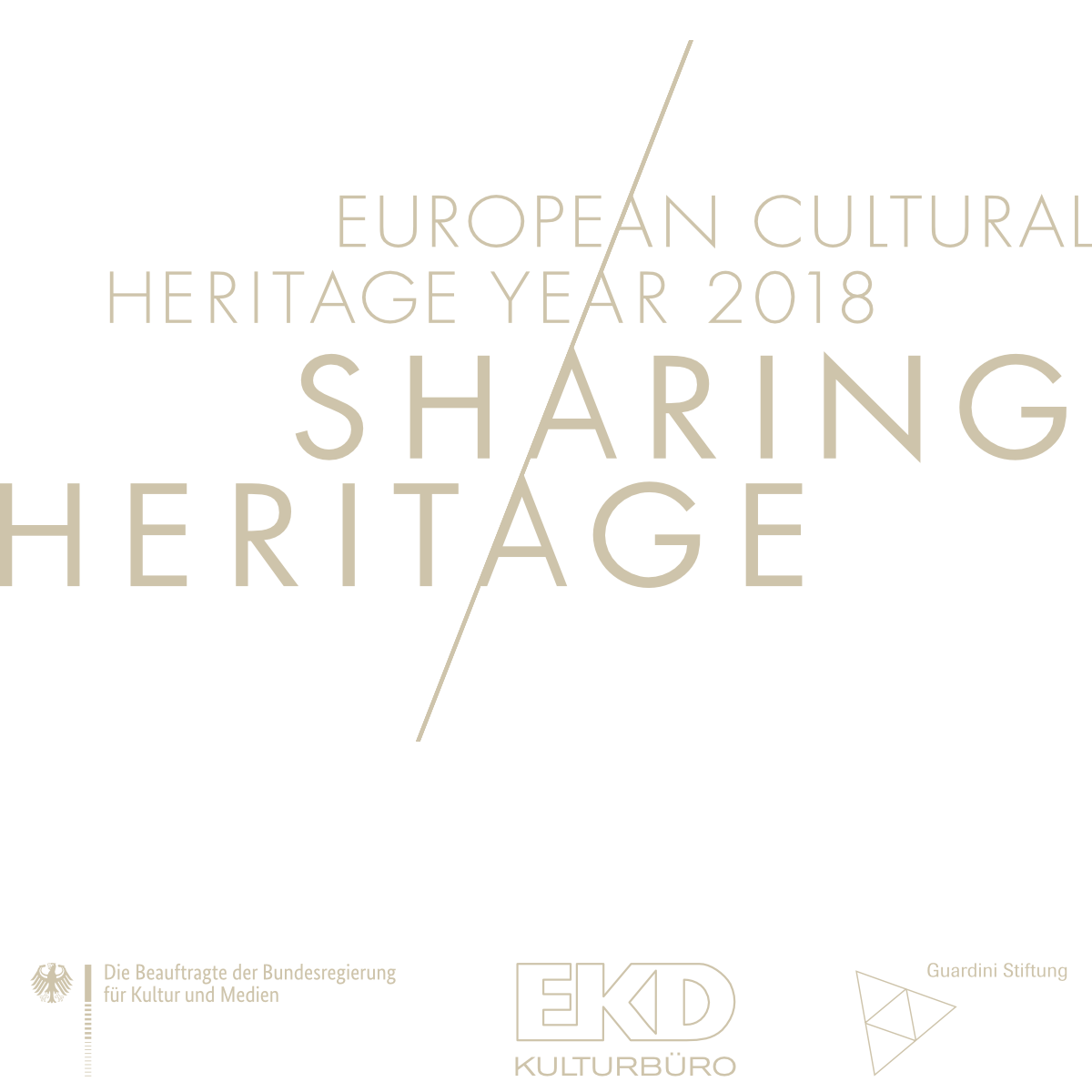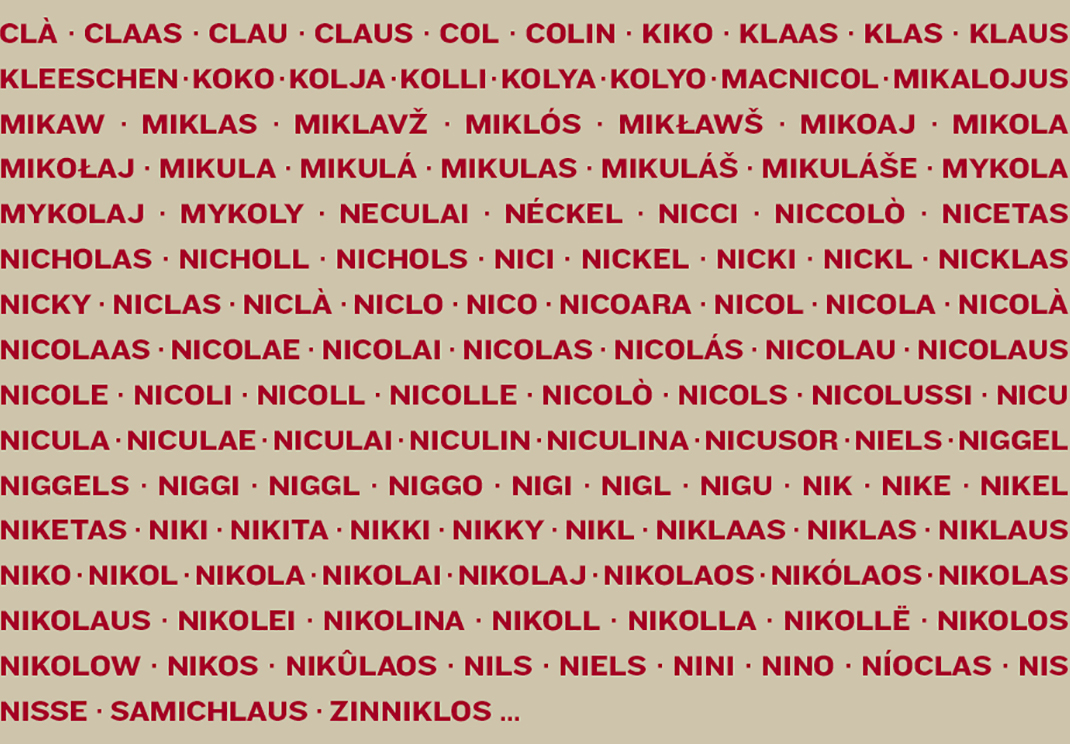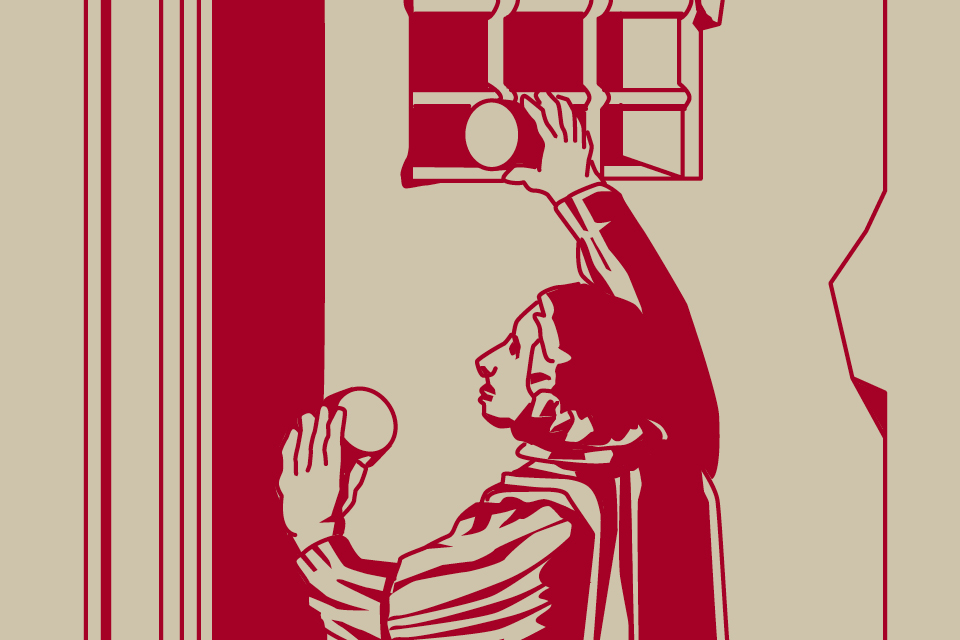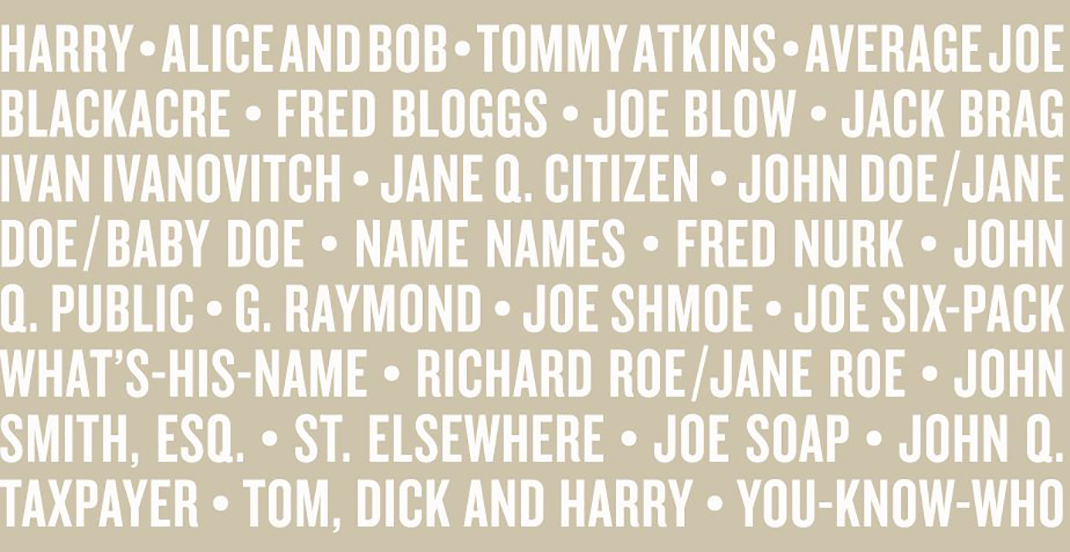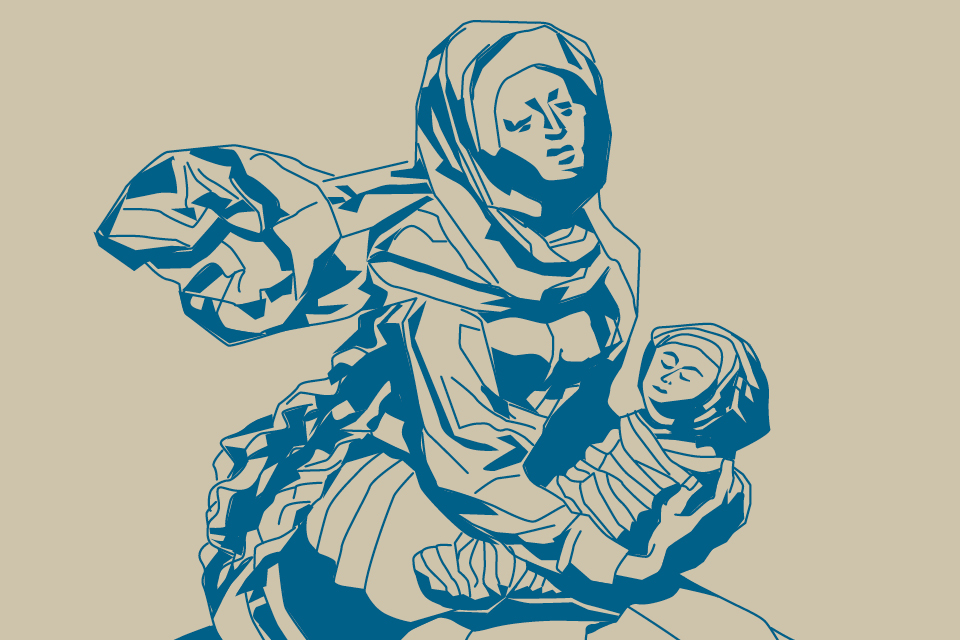MARY
In the Languages of Europe
Nicholas
In the Languages of Europe
CULTURE AND IDENTITY
Churches and their names convey various traditions. The building represents itself as a century-old stone witness of the faith of earlier generations. Its art shows the power of expression and the imagination of our ancestors. It tells us about their world of thoughts. A church is the center and visible landmark of a place and it stands for a certain time, e. g. with its heavy walls and arched windows of the Romanesque period or the large tall windows and lancet arches of the Gothic era. For emigrants the local church symbolised their home. Travellers oriented themselves towards its steeple. Towns and villages offer postcards depicting their churches. Elisabeth, Magdalene, Thomas or Andrew – all these and other biblical names after which churches are named create an identity which connects people to the image of this specific person’s life and character traits. From this, standards can be derived which offer moral orientation. Not only do they determine faith, but culture and life generally. In addition to faith, also love and hope belong to those guiding principles. Faith, love and hope are the fundamental values of Christian culture. They are symbolised by cross, heart and anchor. They can be found – each on its own or all combined – at churches or on tombstones. Sailors have cross, heart and anchor tattooed on their forearms, many others wear them as necklaces. Through those values and their respective symbols we form – often subconsciously – a close relationship to these particular places and churches. Here we find security and also comfort – physically, emotionally and spiritually. Thus, culture creates identity.
NOMEN EST OMEN
Many people claim, in agreement with Johann Wolfgang von Goethe’s Faust, “Call it what you will … feeling is all; the name is sound and smoke.” Others think the opposite to be true: “Nomen est omen” – the name is a sign. They are sure: “Tell me your name and I will tell you who you are.” In the letters and syllables of a name they see a hidden message or certain qualities and traits. With names we often associate specific individuals, pictures and objects. Our memory stores them under their names. Also companies such as the car manufacturer VW pay attention to names. In the past, they named cars after their drivers – Käfer (Beetle) or Bulli (the VW minibus). Today names are derived from sports (Golf), winds (Passat, German for trade winds) or by using acronyms (T-Roc). The name is meant to evoke pictures. It creates a relationship and contact. However, we cannot define names as we can define objects like house or table. We perceive that names carry meaning, sometimes even more than one – and every human being gives a face to a name. Many people bear an extravagant name of a celebrity or from TV series such as Coco, Wolke (Cloud) or Emmylou Ocean. Others prefer traditional names such as Charles, Richard or Henry. In any case, this means something to everyone – a life here and now for some and a link to tradition and ancestry for others. The same can be said about long and short names. Some like Tess or Tom because they are short and dynamic names. Others find Amelia or Dominic attractive because they are elegant and sonorous. Where do names lead us? What lies behind our ties to them? Do they bind or burden us? Are they challenge or gift? What does our name say about ourselves? Which signals are sent out by your name?
Names Proverbs
proverbs about/ with names
HOME AND MAN
Our feeling and understanding of home stem from our own history and the history of our family and social setting. This is shaped by parental home, school, friends and the region and faith in which we grow up. Home is a place of comfort and longing. It is also a place of conflict and ordeal. In all this, names serve as an important link. Signifying objects and places, they keep the past alive in present times. Place names ending in -burg (-castle) or -furt (-ford) remind us of these places’ function as castles or river crossings. People’s given names represent both history and today’s reality – as in the female names Maria or Miriam, Mary or Maryam and in the male names Nicholas or Nico, Klaus or Niklas. A lot of names have been
in use for centuries. Biblical names such as Hannah, Elisabeth, Michael or Thomas are even older. The Irish Kevin is no less than 1.300 years old. The Cornish name Jennifer was already known in medieval legends as Genevieve. Names are related to particular human beings and connected with certain qualities and values. They recur again and again because from those values the names gain power and sound and beauty and a home. Churches, too, bear names – names of extraordinary human beings who became role models by living according to Christian standards. Churches spread those names into the region and into our lives. Human beings bear them, too, creating here and now a direct emotional relation to these names. Human beings constitute home. Names constitute home. They form a bridge to other human beings and bind us to family and friends.
Patronage
The Latin “Patronus” signifies a protector or advocate to whom an institution (church, hospital or school) is assigned. Usually, the patron was a person who had been canonized such as St Mary or St Nicholas. Churches were built for and dedicated to these saints. Originally, this was done at their tombs. With the spread of holy relics like bone splinters it became possible to erect churches and altars at any desired location. Today we can easily discern who financed them. Churches of St Nicholas were often paid for by merchants and seafarers as he is their patron. He is also the patron of Greece, Croatia, Russia, Lorraine, Sicily, Aberdeen, Alicante, Amsterdam, Bari, Freiburg (Switzerland), New York, Siegen as well as of children, students, girls, bankers, prisoners, pilgrims and travelers. St Mary is – to name just a few – patron of the Cistercian monastic order, the Catholic Church and all (Catholic) Christianity, also of Croatia, Poland, Hungary, the USA, Bavaria, Catalonia, Aachen, Breda as well as of virgins, priests, midwives, landlords/landladies, cooks, potters, shipmen and the lost.
The exhibition “Called by your name” is shown in one St Mary’s church and one St Nicholas’ Church of each of the German federal states in 2017. The chosen churches represent a large network of churches bound together by their names and their appeal throughout Germany and Europe. The history behind names and churches is the history of places and people. They exemplify starting points in the exploration of our own name and our deep-rootedness in history.


